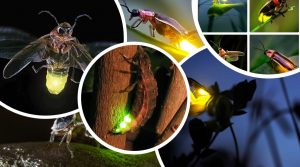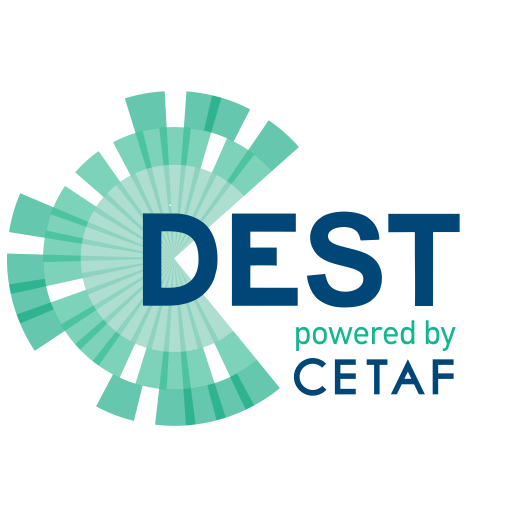
Description
A hybrid course on pollinators and Lampyridae systematics, with an emphasis on Italian endemic species.
Asynchronous training session (30 effort hours in 33 days):
- Basic knowledge on Pollinators and their relationship with plants
- Worldwide diversity and distribution of Lampyridae.
- Key aspects of lampyrid ecology and life history traits.
- Major knowledge shortfalls of worldwide Lampyridae systematics.
- Current state-of-art and knowledge shortfalls of fireflies occurring in Italy.
Synchronous training session (10 effort hours in 5 meetings):
- Discussion and references on case studies.
- Citizen science methods and scientific divulgation of fireflies and pollinators in general.
Face-to-face training session (35 effort hours in 4 days):
- Night field work for sampling and lab work for classical and molecular identification techniques.
- Field work for sampling, and molecular analyses in lab.
- Use of citizen science apps for data recording and geo-referencing.
- Organizing citizen science events.
For any additional information regarding the course write to Emiliano Mori, emiliano.mori@cnr.it
Trainers
Emiliano Mori – CNR IRET Sesto Fiorentino
Luiz Silveira – Western Carolina University, USA
Malayka Samantha Picchi – CNR IRET Sesto Fiorentino
Leonardo Ancillotto – CNR IRET Sesto Fiorentino
Mariella Baratti – CNR IRET Sesto Fiorentino
Stephanie Vaz – Universidade Federal do Rio de Janeiro
Dates of Training period – Duration
- asynchronous training sessions:
10 March-12 April 2025
- synchronous training sessions:
14-19 April 2025, with a 2-hours’ synchronous meeting every day.
- face-to-face training session:
06-10 May 2025
Location
CNR Sesto Fiorentino, Via Madonna del Piano 10, 50019.
Course’s language
English/Italian
Target audience
Students, Ph.D. Students, Free Lance professional workers.
Fee
The school enrolment is free. Expenses for training fees, transport during the workshops, food, and accommodations are covered by LUCE project. All the other costs are at the expense of participants.
External funding/sponsoring
This project has received funding from the European Union’s Horizon Europe Research and Innovation program within the framework of the TETTRIs Project funded under Grant Agreement Nr 101081903.
Registration deadline
Registration has closed on 2 February 2025
Mode of trainees’ assessment
Quizzes will be applied after the theoretical sessions. Tests at the beginning and at the end of the course to have an evaluation of the knowledge gained. Final examination, including analysis of samples collected by each participant.
Participant quota (min and max number of trainees)
8-10
Types of training/ Implementation method
1.Theoretical modules/lectures
Online and in-person lectures
2. Field – Lab work/Face to Face
- Sampling and identification of fireflies.
- Use of citizen science apps for data recording and geo-referencing.
3. Lab work/Face to face
- Identification of fireflies with keys and guides.
- Preparation of firefly specimens
- Learning how to extract DNA from firefly samples and PCR analyses.
- Organizing citizen science events.
Training Course learning outcomes
- Acquisition of basic knowledge about the pollinators and their relationships with plant.
- Acquisition of knowledge on the importance of fireflies: collect, preserve, label, and document meaningful field observations regarding fireflies.
- Acquisition of knowledge about distinctive morphological characters of fireflies by means of taxonomic tools to identify the four lampyrid genera occurring in Italy (Lamprohiza, Lampyris, Luciola, Phosphaenus).
- Acquisition of knowledge about DNA barcoding techniques on firefly species: use integrative approaches – combining morphological, DNA, and behavioural data – to map the lampyrid diversity in Italy.
- Improvement of the ability to organize citizen science events and to use apps for recording data on fireflies according to the citizen science approach.
- Navigate and contribute to biodiversity-oriented databases, including GBIF, iNaturalist and GenBank.
Certifications provided
- Certificate of Attendance with 3 ECVET Units (European Credit system for Vocational Education and Training), by the CETAF-DEST.
- Certificate by CETAF DEST, according to Europass Certificate Supplement (certifying analytically the knowledge, skills, competencies, and behaviours gained).
Minimum required attendance
Minimum required attendance for students to earn 3 ECVET credits and certificates is:
- asynchronous training sessions: 80%
- synchronous training sessions: 80%
- face-to-face training session: 80%
What trainees need to bring
- Laptop
- Field work equipment (boots, jackets, hats, gloves, torches, nets if possible)
Registration form
More details: dest@cetaf.org
